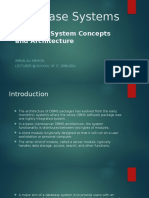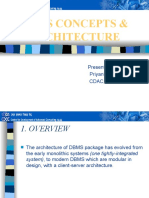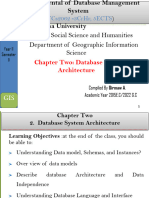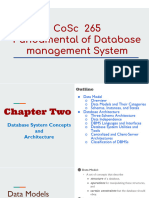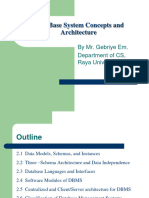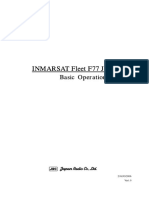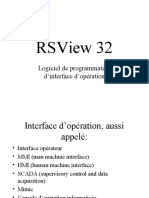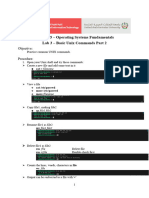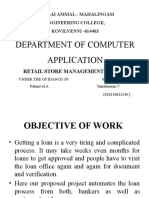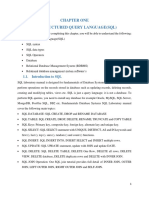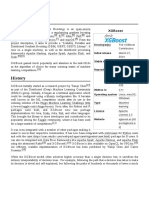0% found this document useful (0 votes)
15 views17 pagesW1-1 DatabaseSystemConcepts
The document outlines key concepts in database systems, including data models, schemas, and the three-schema architecture that separates user applications from physical databases. It discusses various DBMS languages for different user categories and compares centralized and client/server architectures. Additionally, it introduces the concept of n-tier architectures for web applications, emphasizing the roles of client, server, and application layers.
Uploaded by
LRCopyright
© © All Rights Reserved
We take content rights seriously. If you suspect this is your content, claim it here.
Available Formats
Download as PDF, TXT or read online on Scribd
0% found this document useful (0 votes)
15 views17 pagesW1-1 DatabaseSystemConcepts
The document outlines key concepts in database systems, including data models, schemas, and the three-schema architecture that separates user applications from physical databases. It discusses various DBMS languages for different user categories and compares centralized and client/server architectures. Additionally, it introduces the concept of n-tier architectures for web applications, emphasizing the roles of client, server, and application layers.
Uploaded by
LRCopyright
© © All Rights Reserved
We take content rights seriously. If you suspect this is your content, claim it here.
Available Formats
Download as PDF, TXT or read online on Scribd
/ 17

